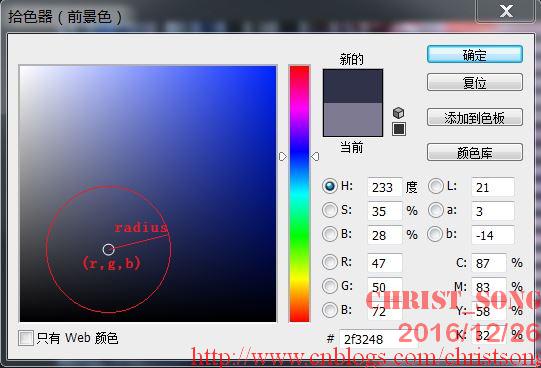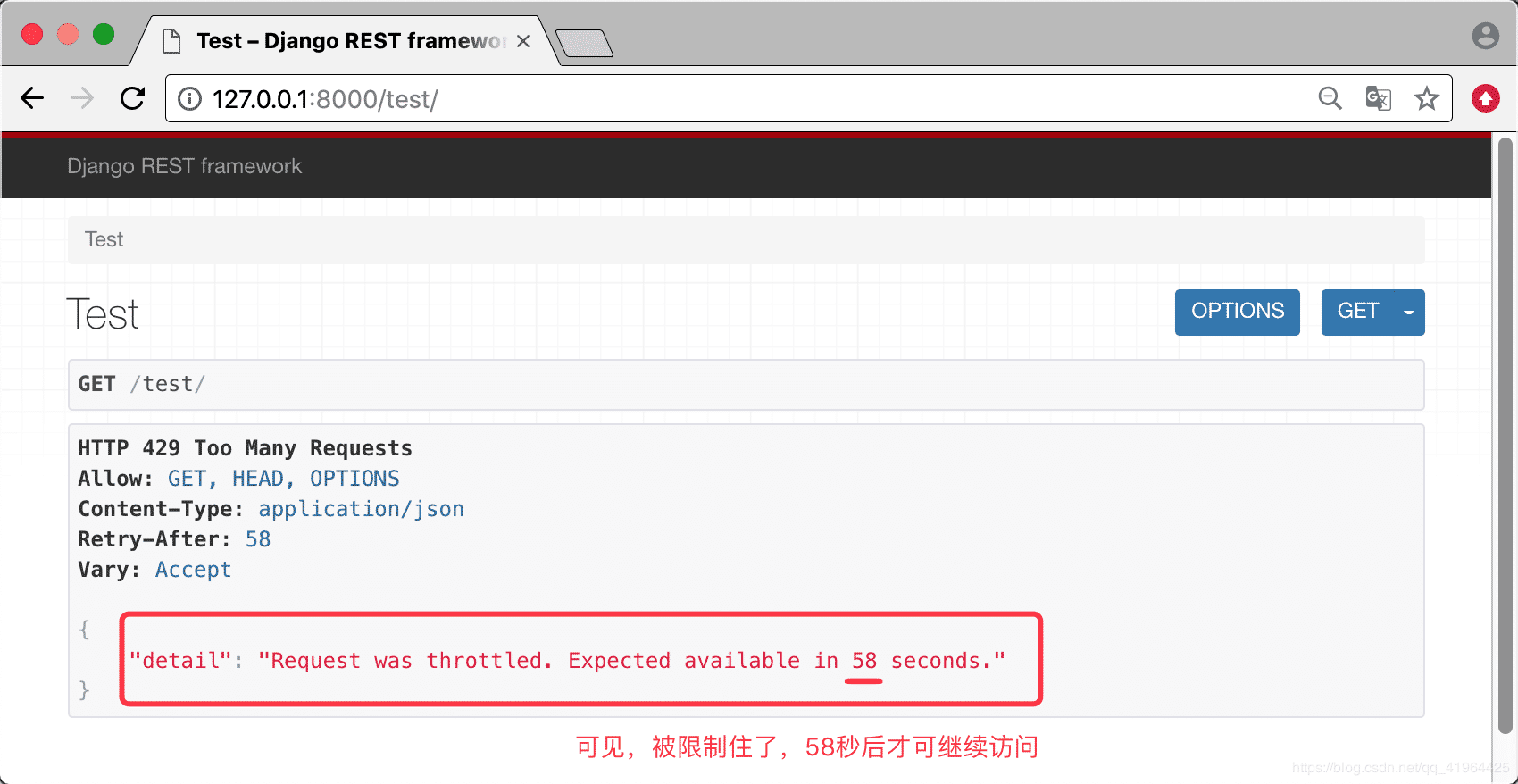Python3实现的旋转矩阵图像算法示例
本文实例讲述了Python3实现的旋转矩阵图像算法。分享给大家供大家参考,具体如下:
问题:
给定一个 n × n 的二维矩阵表示一个图像。
将图像顺时针旋转 90 度。
方案一:先按X轴对称旋转, 再用zip()解压,最后用list重组。
# -*- coding:utf-8 -*-
#! python3
class Solution:
def rotate(self, matrix):
"""
:type matrix: List[List[int]]
:rtype: void Do not return anything, modify matrix in-place instead.
"""
matrix[:] = map(list, zip(*matrix[: : -1]))
return matrix
if __name__ == '__main__':
# 测试代码
matrix = [
[1,2,3,4],
[5,6,7,8],
[9,10,11,12],
[13,14,15,16]
]
solution = Solution()
result = solution.rotate(matrix)
print(result)
运行结果:
[[13, 9, 5, 1], [14, 10, 6, 2], [15, 11, 7, 3], [16, 12, 8, 4]]
方案二:找到规律,用原矩阵数据 赋值
# -*- coding:utf-8 -*-
#! python3
class Solution:
def rotate(self, matrix):
"""
:type matrix: List[List[int]]
:rtype: void Do not return anything, modify matrix in-place instead.
"""
m = matrix.copy()
n = len(matrix)
for i in range(n):
matrix[i] = [m[j][i] for j in range(n - 1, -1, -1)]
return
if __name__ == '__main__':
# 测试代码
matrix = [
[1,2,3,4],
[5,6,7,8],
[9,10,11,12],
[13,14,15,16]
]
solution = Solution()
result = solution.rotate(matrix)
print(result)
运行结果:
[[13, 9, 5, 1], [14, 10, 6, 2], [15, 11, 7, 3], [16, 12, 8, 4]]
更多关于Python相关内容感兴趣的读者可查看本站专题:《Python数学运算技巧总结》、《Python数据结构与算法教程》、《Python函数使用技巧总结》、《Python字符串操作技巧汇总》及《Python入门与进阶经典教程》
希望本文所述对大家Python程序设计有所帮助。

